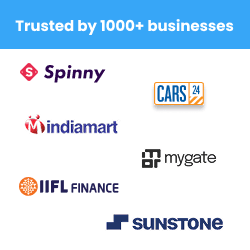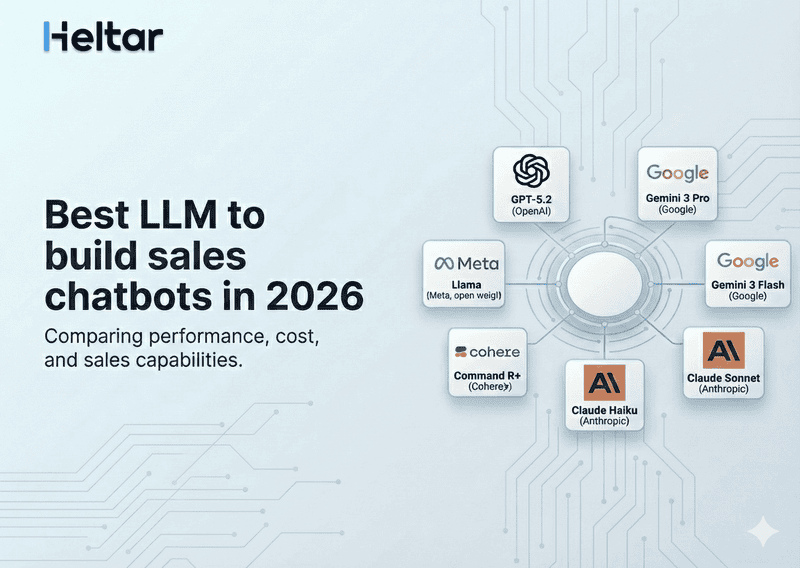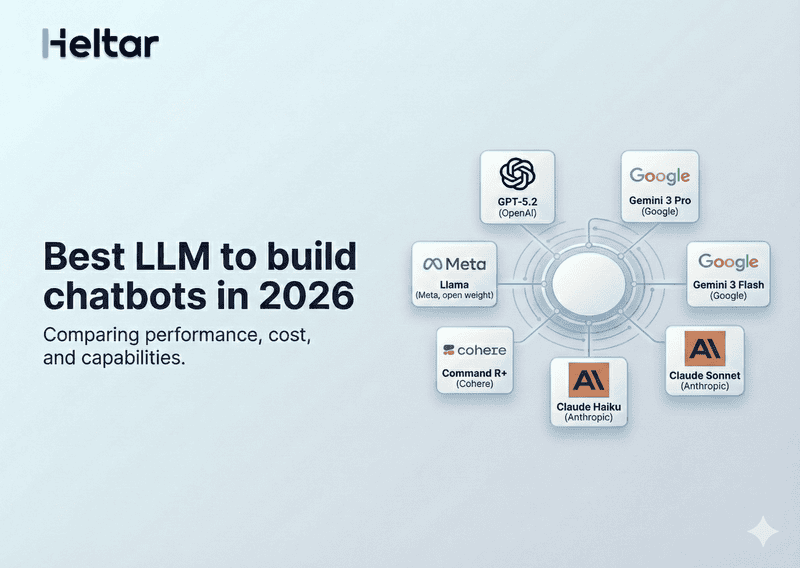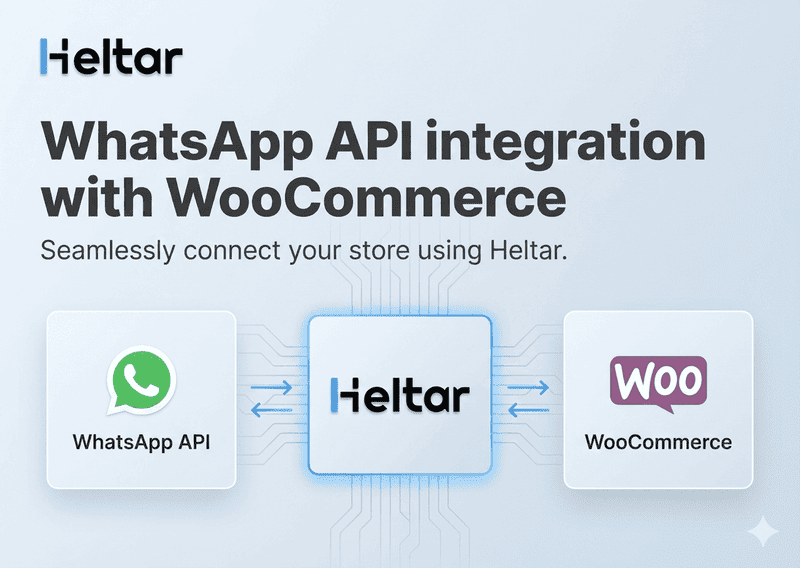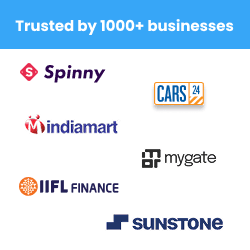In the past year, businesses of every size, especially emerging D2C brands, have been rethinking how they engage with customers. What used to be the domain of scripted chatbots and static FAQs has evolved into dynamic, AI-driven conversations that feel almost human.
But not all AI models are created equal.
OpenAI’s GPT-4o and GPT-o3, two of the most widely adopted conversational AI models today, represent very different philosophies of what an assistant can do. One is engineered for depth, nuance, and the ability to remember the smallest detail across a long conversation. The other is built for speed and simplicity, helping businesses handle thousands of questions per hour with minimal latency and lower costs.
If you’re considering integrating advanced AI into your workflows, whether it’s powering WhatsApp Business conversations, scaling customer support, or enriching lead qualification, understanding these differences isn’t just nice to have. It’s essential.
In this guide, we’ll unpack how GPT-4o and GPT-o3 really perform in the real world, where milliseconds and context retention can make the difference between a resolved query and a frustrated customer. We’ll explore nuanced strengths, measurable trade-offs, and practical examples to help you choose the model that will deliver the outcomes your business actually needs.
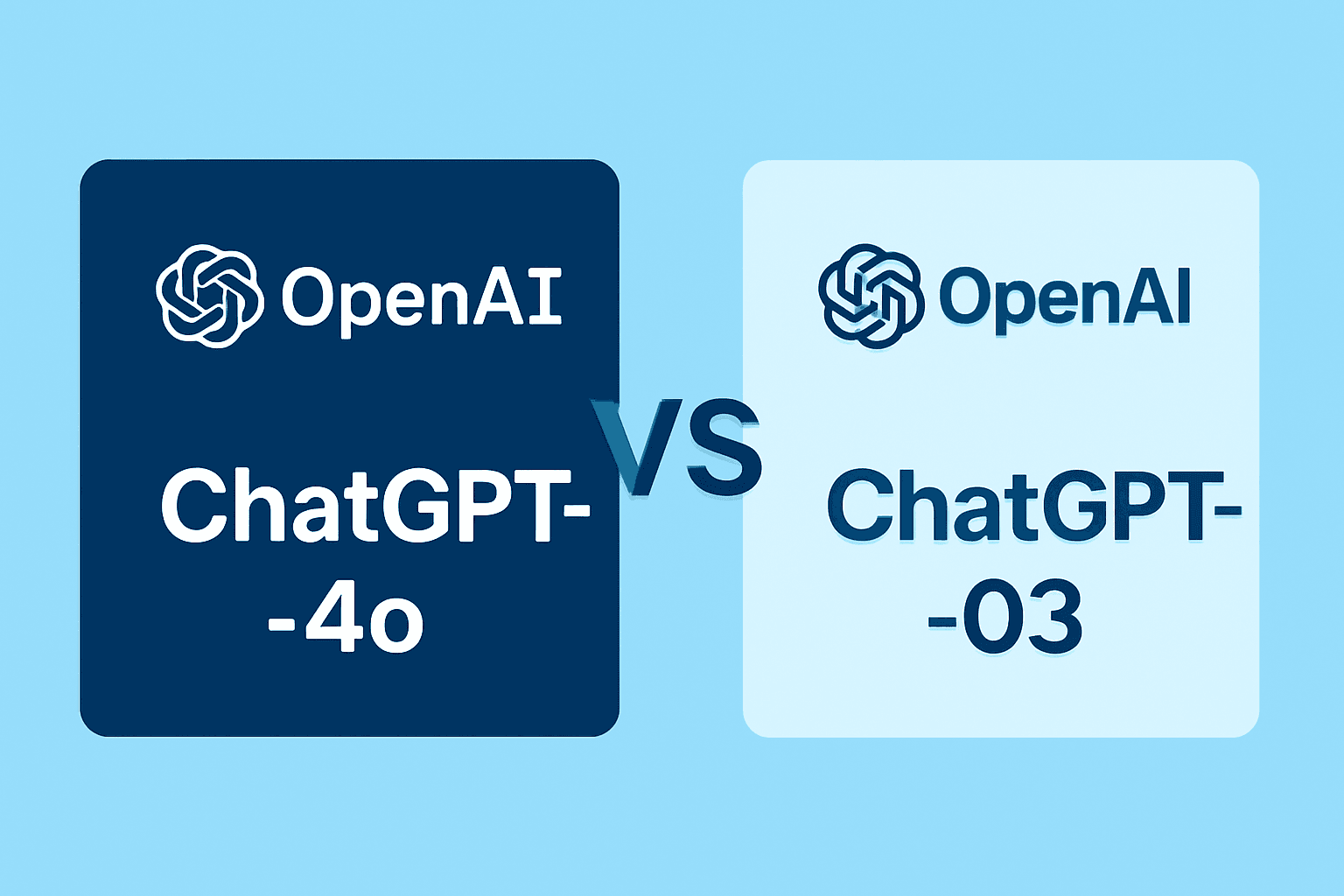
Understanding the Basics
GPT-4o
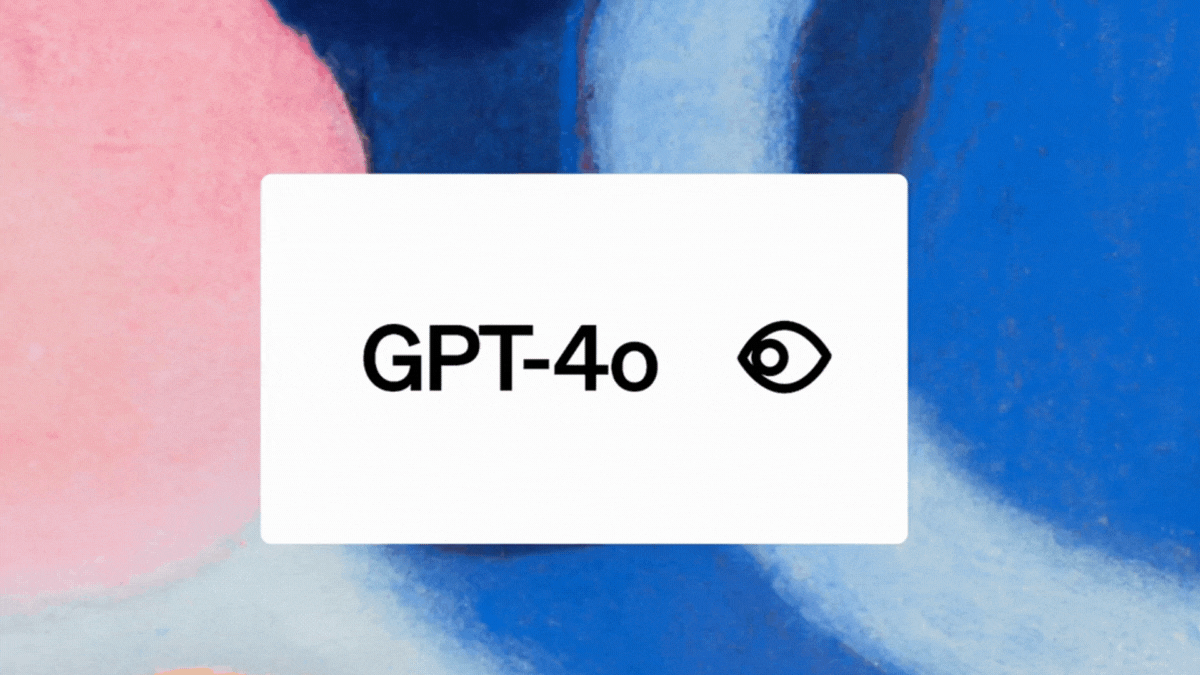
GPT-4o, OpenAI's latest advancement, combines exceptional reasoning capabilities with faster response times and improved accuracy, making it suitable for complex, multi-turn conversations and detailed analytical tasks.
GPT-o3
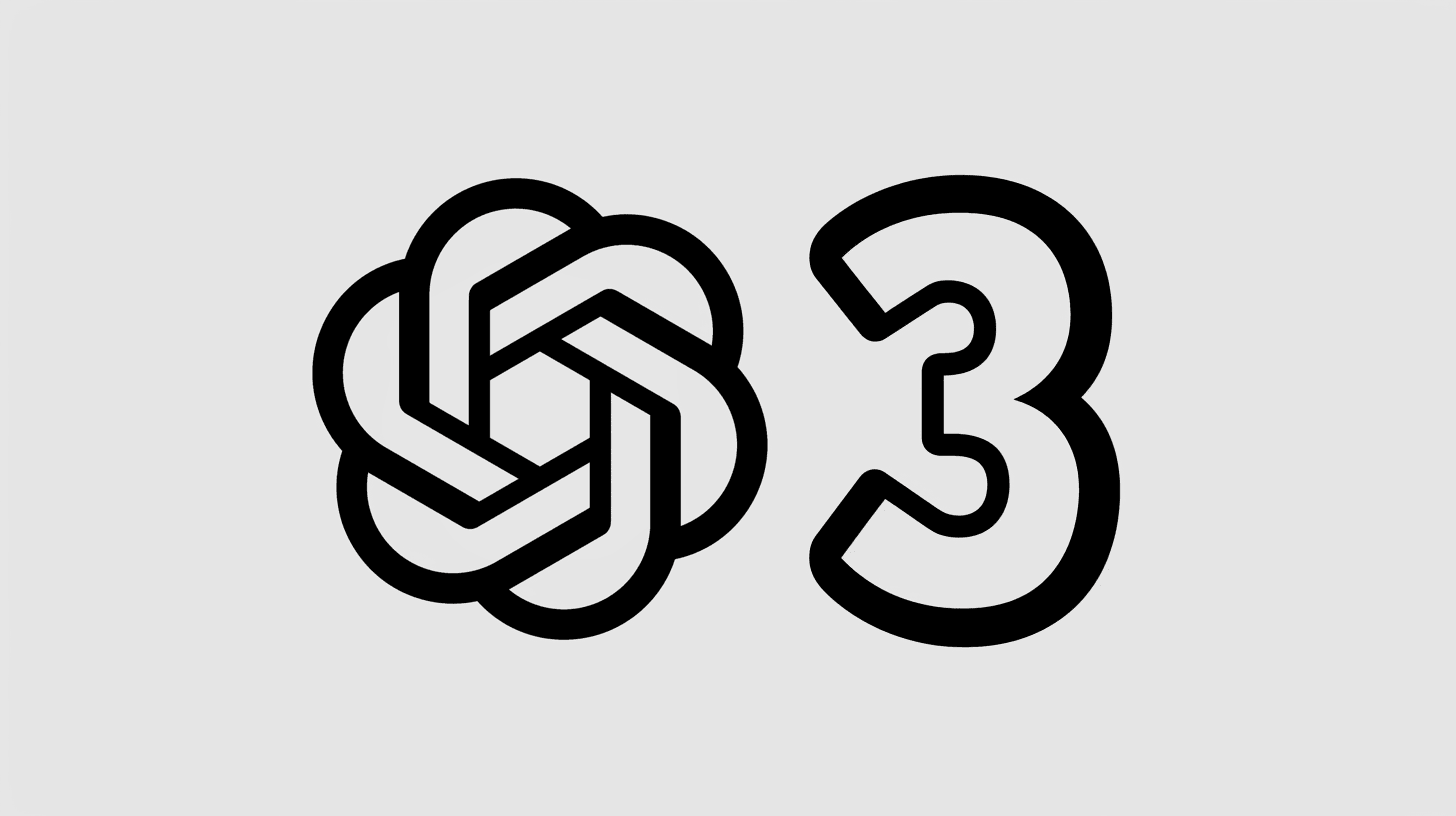
GPT-o3, an earlier iteration, is optimized for efficiency in handling straightforward, single-turn interactions and basic queries. It offers rapid responses at a slightly reduced computational cost.
Detailed Comparison
1. Accuracy and Context Retention
GPT-4o: Excels at context retention, particularly over extended conversations. It's adept at understanding nuanced queries and maintaining consistent accuracy throughout long exchanges.
GPT-o3: Good for simpler interactions but tends to lose context slightly quicker. Accuracy decreases moderately as the conversation lengthens.
Example:
GPT-4o: If a customer is troubleshooting a technical issue, GPT-4o can retain all previous steps, guiding the user precisely.
GPT-o3: Suitable for answering frequently asked questions, but struggles if multiple follow-up queries depend heavily on previous answers.
2. Speed and Responsiveness
GPT-4o: Though incredibly efficient, its detailed responses can take slightly longer, especially with complex queries.
GPT-o3: Offers superior speed for simpler questions, ideal for quick customer support interactions.
Example:
GPT-o3: Ideal for a fast-paced customer service chat where quick answers are prioritized over detailed explanations.
3. Multitasking and Complexity Handling
GPT-4o: Outperforms in multitasking, efficiently juggling multiple conversation threads or complex scenarios simultaneously.
GPT-o3: Better suited for single-thread, straightforward interactions.
Example:
GPT-4o: Great for managing complex customer service scenarios like handling multiple product inquiries or technical issues simultaneously.
GPT-o3: Useful for straightforward transactional queries like checking order status or confirming appointments.
Real-World Performance Metrics (Statistics)
Context Retention over 15 exchanges: GPT-4o (91%) vs. GPT-o3 (73%)
Average Response Speed: GPT-o3 is 20% faster than GPT-4o for simple queries.
Complex Query Accuracy: GPT-4o achieves 95% accuracy, while GPT-o3 achieves around 80%.
Customer Satisfaction in Extended Chats: GPT-4o (89%) vs. GPT-o3 (75%).
Unique Intricacies and Hidden Insights
Model Sensitivity: GPT-4o is fine-tuned to better recognize subtle emotional cues in user interactions, making it particularly effective in scenarios demanding empathy and nuanced responses.
Scalability: GPT-o3’s lighter computational footprint can be beneficial for businesses with limited resources or where real-time responses are critical, but depth of interaction is not essential.
Which Model Should You Choose?
Choose GPT-4o if
You handle complex, detailed, or multi-turn customer interactions.
Your tasks require high accuracy, deep context retention, and advanced reasoning.
Your business prioritizes quality of engagement over sheer response speed.
Choose GPT-o3 if:
Your queries are straightforward, repetitive, and require fast answers.
Cost and computational efficiency are significant considerations.
You require high-volume, low-depth customer support or interactions.
Feature | GPT-4o | GPT-o3 |
|---|---|---|
Context Retention | High (Excellent over long conversations) | Moderate (Good for short interactions) |
Response Speed | Moderate (Slightly slower due to complexity) | High (Significantly faster) |
Accuracy (Complex Queries) | Excellent (~95% accuracy) | Moderate (~80% accuracy) |
Multitasking Ability | High (Efficiently handles multiple complex tasks) | Limited (Best for single-thread interactions) |
Emotional Sensitivity | High (Strongly recognizes nuanced emotional cues) | Moderate (Basic emotional cue recognition) |
Computational Efficiency | Moderate (Requires higher computational resources) | High (Lower computational resource usage) |
Ideal Use Cases | Detailed customer support, technical troubleshooting, multi-turn conversations | Simple FAQs, quick queries, transactional support |
Customer Satisfaction | Higher satisfaction in complex interactions (89%) | Lower satisfaction for extended or complex interactions (75%) |
Scalability | Suitable for businesses prioritizing depth and engagement quality | Ideal for high-volume, simpler interactions with cost sensitivity |
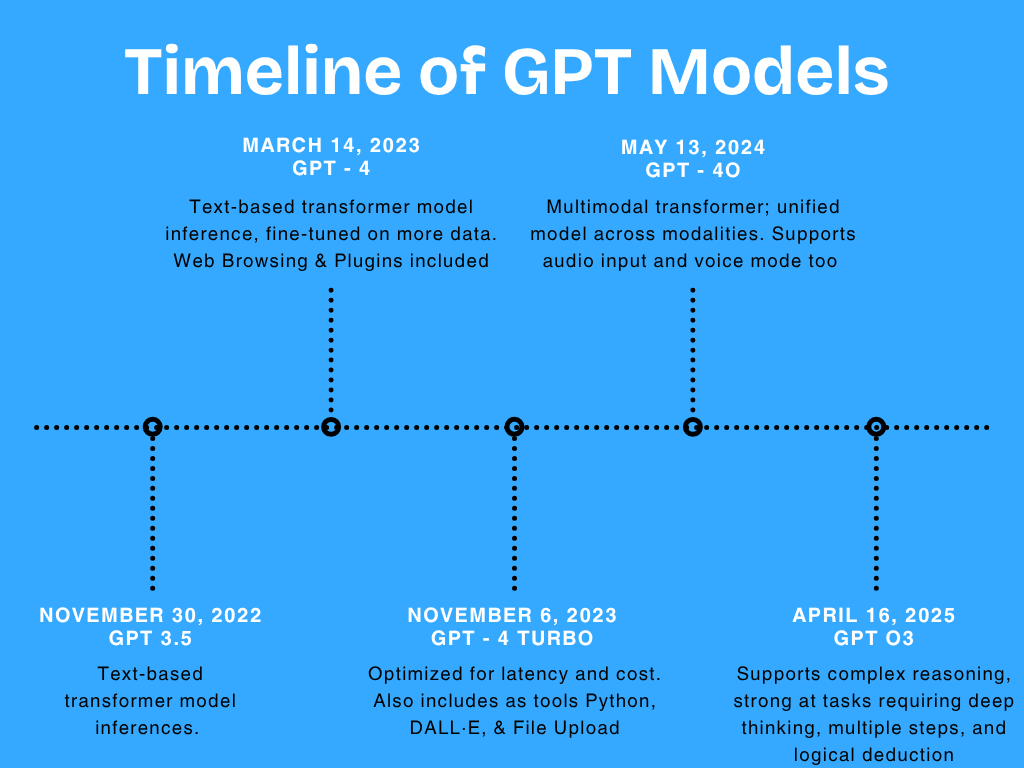
If this interests you, read this blog to see how did ChatGPT o3 perform in JEE Advanced 2025!
Conclusion
Selecting the right ChatGPT model boils down to your specific needs. GPT-4o offers superior depth, reasoning, and long-term accuracy, whereas GPT-o3 provides speed, efficiency, and cost-effectiveness for simpler tasks.
By aligning your choice with your unique business goals, you can maximize your efficiency and customer satisfaction—essential factors for growth in today’s competitive digital landscape.
